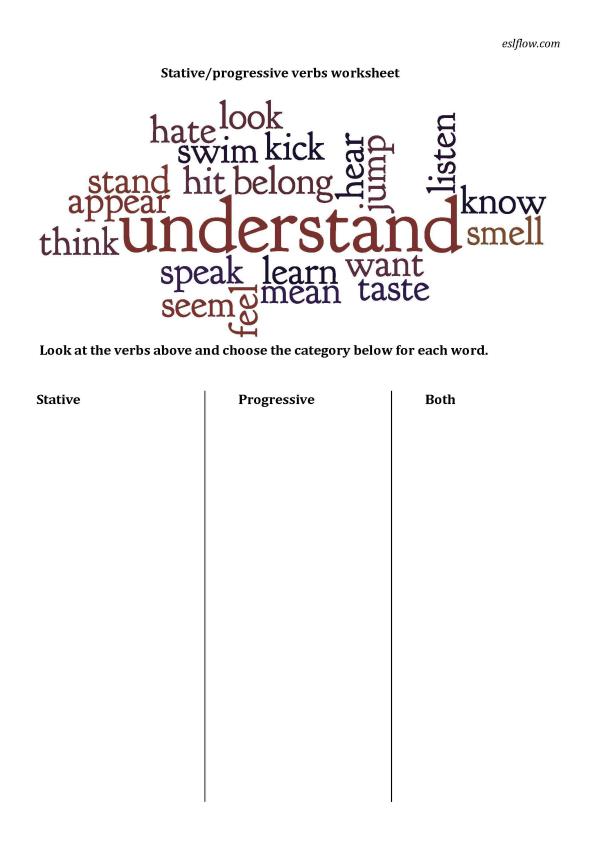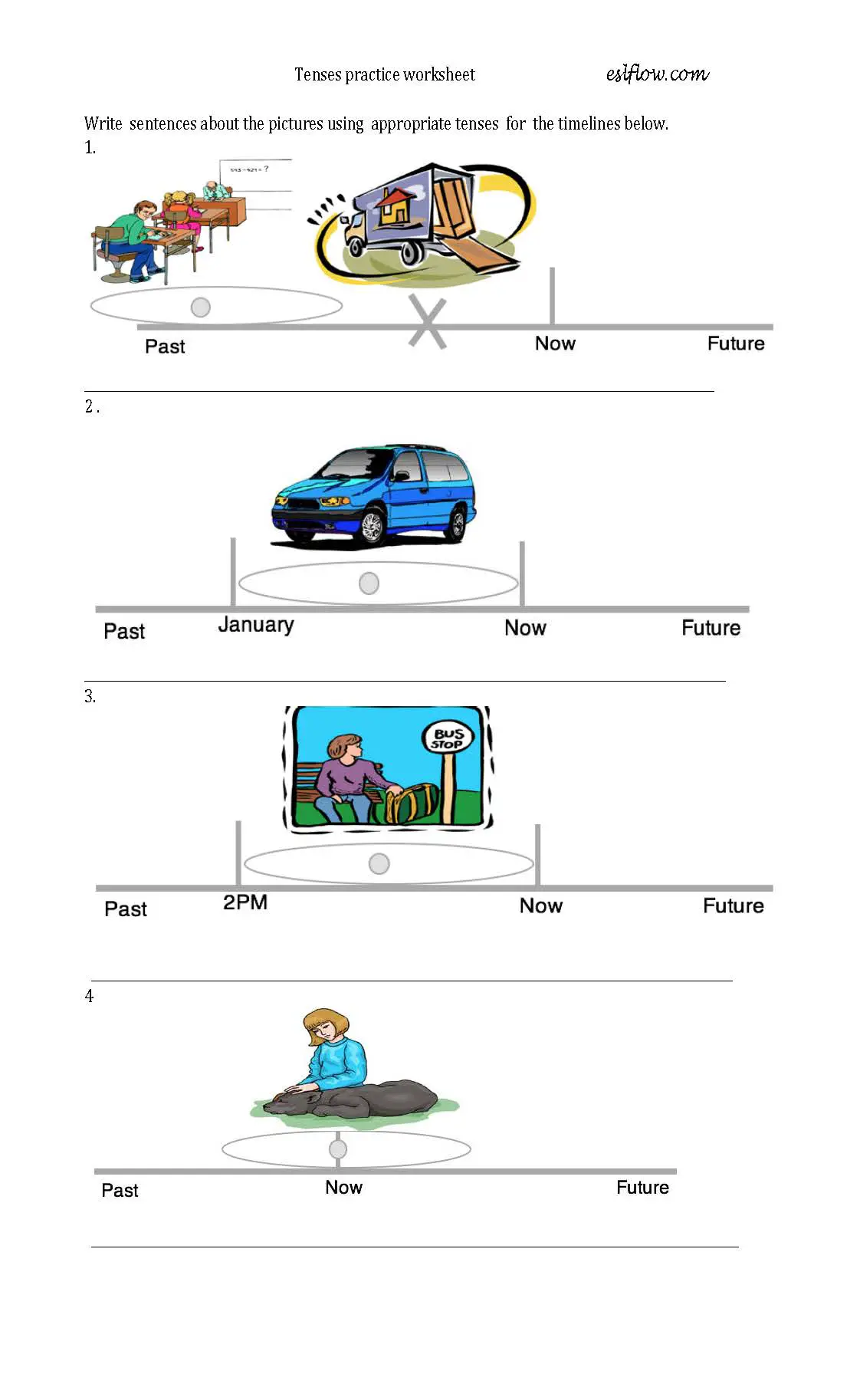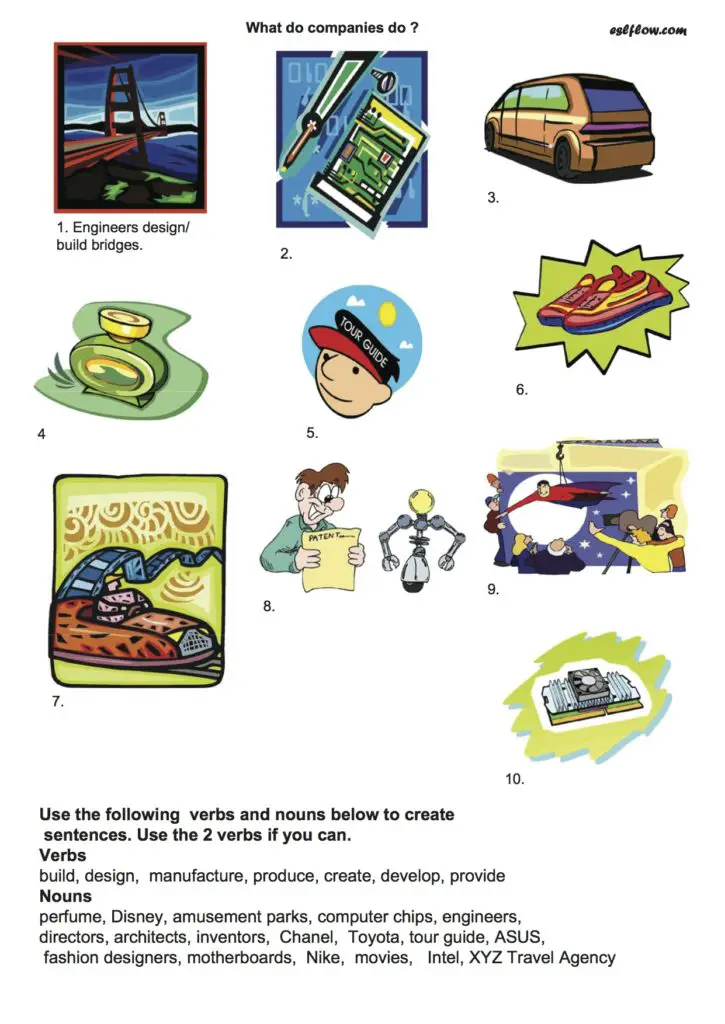Cool Jobs – A Debate Roleplay Lesson Plan
Cool Jobs – A Brainstorming & Debate Role Play Speaking Lesson Plan
INTRO
This is a lesson appropriate for pre-intermediate and intermediate ESL/EFL students. It would be a suitable activity for using with career vocabulary or with comparative adjectives and nouns.
STEP 1
Have a list of jobs prepared. Mix in some unusual ones with the more pedestrian jobs.
STEP 2
Write a job title on the whiteboard. Sometimes I choose “BABYSITTER”. Brainstorm beneath this heading the “pros” of being a babysitter. It is important to make the students realize that for this part of the activity they have no choice. They are only going to think about the positive aspects of the job. You might lead the students into the activity by choosing one or more students and asking them questions to get them thinking:
“You are a babysitter, you like your job, why?”
“You work in a home. Why do you like it?”
“You like working with children, why?”
“You often work at night, what are the advantages of this?”
“It’s different from working in an office. How?”
While you are asking the students questions like these start writing the answers on the board in note form as below:
Babysitter (Pros)
You can watch TV
It’s comfortable.
Children are fun.
Babysitters have free time during the day.
No taxes.
Food is usually free.
No pressure.
You can read books.
Work in a friendly environment.
No boss hanging over your shoulder.
STEP 3
Group the students in pairs, give them an A4 sheet of paper and get them to choose a job and begin writing a list as you modeled on the board (see above).
STEP 4
After a few minutes, rotate the lists around to give each pair fresh brainstorming material. Push the students to think of new ideas as this will make for better and more lively debates in the next part of the lesson.
STEP 5
When the A4 sheets are just about full stop the students. Pick up one of the “Job Pros Sheets” and introduce the notion of a debate if the students aren’t familiar with it.
STEP 6
Select a pair of students and make sure they are aware they are supporting the job from the job pros sheet they are holding.
Supposing they are holding the “Chef”s Assistant Pros” sheet and you (the teacher) are holding the “Babysitter Pros” sheet you might start the debate by saying:
“Being a babysitter is better than being a chef’s assistant because it’s easier work and you don’t have a boss watching you”.
A student might reply:
“But being a chef’s assistant is more useful because you gain work experience and learn about food”.
This TEACHER-STUDENT exchange (which can be carried on as long as you like because both sides have plenty of firepower ready from the A4 sheets) usually kickstarts the debate process .
STEP 7
Put the students in opposing pairs and let them go. Rotate the sheets and jobs every so often to give the pairs new and fresh debating material. This debate activity is wonderful because all the students are engaged all the time and the subject material (careers) is something most people have strong feelings about. Often classes can talk for 30- 60 minutes with the material they have created.
Related Resources
Listening exercises for English language classes
9 Super Elementary Speaking Exercises
5 Elementary Create a Conversation Exercises for Speaking Classes
5 Elementary Conversational Expressions Exercises
5 First Day Activities for an ESL Class
10 Really! Elementary ESL classroom icebreakers
7 Essential Speaking Activities for ESL Classes
Frequency Adverb Drill
Frequency Adverb Drill
A : Do you study here once (twice/ a week/everyday/every………) a week?
B: No, I study here 3 days a week
C: She usually studies here 3 days a week.
study here
see a movie
buy a gift
talk on the phone
buy a gift
have a holiday
talk to yourself
eat coconut ice cream
think about me
cut up an apple
take bus number….
fall in love
feel sad
Stative verbs sorting worksheet (PDF)
Tenses practice with timlines 2 (PDF)
Tenses practice with timelines 1 (PDF)
Eternal Mingle: a first meeting icebreaker activity
Eternal Mingle
INTRO
This is an excellent all-purpose communicative activity for big ESL classes. It’s effective because it just about ensures a high level of student participation. It also lowers inhibition levels, encourages student centered correction and frees the teacher to observe and field questions from students. The possible variations are endless. It can be used as an icebreaker, for drills, or as an iniator of free conversation.
STEP 1
Hand out a slip of paper to each student.
STEP 2
Delegate a word, phrase, a question beginning, a concept, a topic, or a a grammar component to each student. This depends on your lesson focus. Explain to the students that they are to write a sentence or question including the word, phrase etc.To take this step further you can also tell the students to write an answer/response to their own question/sentence on the BACK of theslip of paper
STEP 3
Model an interaction with a student. Supposing you are practicing questions, ask a student your question then listen to the response and reply if necessary. Then get the student to ask you his/her question. After the exchange switch papers and randomly choose a new partner for a new exchange. Because you are “eternally” switching papers and partners the exercise is
“endless”. (I’ve often had talkative classes take the exercise and run with it for an hour or so… totally oblivious to the teacher’s
presence).
EXAMPLES OF VARIATIONS
TEACHING PRESENT SIMPLE (Questions)
Delegate question beginnings such as What do…? Where does…? Why do..? Do you…? Does …….? Why don’t you..? Is
there….? Are we….? Is today……? etc.
TEACHING MODALS (Questions)
Why must….? Where do you have to…? Do you need to ….? What should you….? Why mustn’t……? Should people…?
etc.
TEACHING “WISH” (SENTENCES)
Tell everryone to write a wish on the front of the paper and a reason on the for their wish on the BACK. So when the students
talk Student A might say ” I wish I had a car” and Student B could ask “Why don’t you have a car?” or “Why do you wish
you had a car?”
DRILL FOR INDIRECT REQUESTS
Delegate the 3 most commonly used verbs for requests( to be, to do and modals) around the class. Say to the first student “verb to be”, to the second student “verb to do”, to the third student “modal”, to the fourth student “veb to be”, to the fifth student “verb to do” and so on. The students must then write a direct question using their verb type on the FRONT of the slip
of paper and the indirect conversion of that question on the BACK of the paper. The students can then walk around reading direct questions and getting their partners to respond with the indirect question.


